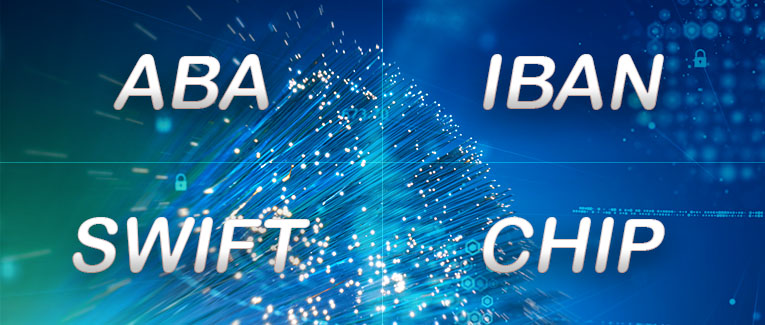
From time to time, many of you have needed to make international fund transfers or receive them.
In these transactions, you need to familiarize yourself with a range of banking codes that must be mentioned correctly for the transfer to reach the intended recipient. There are banking codes with a large number of digits that sometimes result in wrong transfers. So, it’s worthwhile to take a look at the different banking codes in use to avoid confusion.
ABA
ABA is the short form for American Bankers’ Association National Numeric System. It’s a nine-digit number, also called the Routing Transfer Number (RTN). This number follows the bank account number on the check. The details are also available on the banks’ websites. You would need to use the ABA to make Automatic Clearing House (ACH) transactions like electronic fund transfers.
IBAN
IBAN stands for International Bank Account Number. This code is 34 digits long. This is the bank’s identifying information. It consists of a two-letter country code that precedes a two-digit IBAN code. This is followed by a four-digit SWIFT code. Then follow the numbers that identify the bank account. The latter number also identifies the account holder. Many European and Middle East countries use the IBAN.
SWIFT
SWIFT stands for Society for Worldwide Interbank Financial Telecommunications. The SWIFT or BIC (Bank Identifier Code) consists of eight to 11 characters. This code helps to identify banks around the world (the country and branch). You use SWIFT codes when you are making international wire transfers and also SEPA (Single Euro Payments Area) transfers.
Here is an example of SWIFT code for Wells Fargo Bank, New York:
PNBPUS3NNYC
Bank code (4 letters) – Country code (2 Letters) – Location code (2 digits) – Branch code (3 digits)
CHIPS
The full form of CHIPS is Clearing House Interbank Payments System. The CHIPs Universal Identifier consists of a six-digit code. This code helps to identify the person who is making the wire transfer. It contains the name, address, routing number details, account number, and other associated relevant details of the transferor.
To conclude, by now you must have got a clearer understanding of the various wire transfer codes. Though these may look complicated to you, their intentions are to keep your transaction as safe as possible in the face of possible hacking and terror attacks. So, when you go for your next wire transfer, be confident that these codes will encrypt and make secure your transfer.

